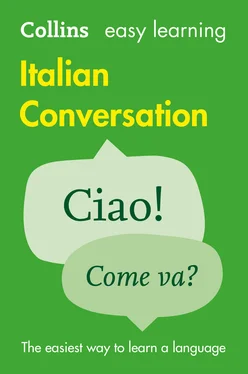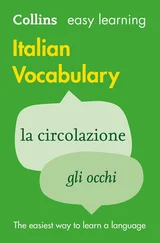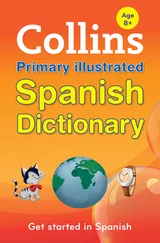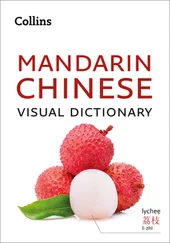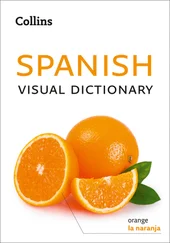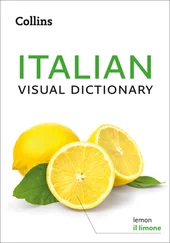buon pomeriggio( good afternoon ) exists in Italian. However it is only used on the radio or television, for example by newscasters. It would sound a bit odd if you greeted people saying buon pomeriggio: stick to buongiornoor, later on in the day, buonasera. Remember to say buongiornoor buonaseraas you enter a shop or a restaurant.
Use salve( hi ) if you wish to sound a bit more informal, whether you know the people you are greeting or not. If you’re on friendly terms with someone or if you are addressing somebody young, you can say ciao( hi ).
| Salve, cerco Matteo. |
Hi, I’m looking for Matteo. |
| Salve, come va? |
Hi, how are things? |
| Ciaoragazzi, come va? |
Hithere, how are things? |
Use arrivedercito say goodbye to people you don’t know well. You can just say ciaoto people you know or to somebody young. buongiornoand buonaseraare also often used to say goodbye.
| Arrivederci. |
Goodbye. |
| Arrivederci, signora Clari! |
Goodbye, Mrs Clari! |
| Ciao, ci vediamo domani. |
Bye, see you tomorrow. |
| Allora io vado, buonaseraa tutti. |
I’m off, goodnighteverybody. |
BUONO A SAPERSI!
Remember to say in Italian arrivederciwhen you leave a shop or restaurant.
While in English you can use goodnight to mean ‘goodbye’ or to wish somebody a good night’s sleep, in Italian you use buonanotte( goodnight ) only before going to bed.
| M e glio domire adesso. Buonanotte! |
Better go to sleep now. Goodnight! |
| Vado a dormire, sono pr o prio stanca. Buonanottea tutti. |
I’m going to bed, I’m really tired. Goodnighteverybody. |
| Buonanottee sogni d’oro! |
Goodnightand sweet dreams! |
| Adomani! |
See youtomorrow! |
| Alunedì! |
See youon Monday! |
| Ci vediamo! |
See youlater! |
| Allora a più tardi, ciao! |
See youlater! |
BUONO A SAPERSI!
In Italian, if you use a più tardifor see you later , you expect to see the person later on that day, not just some time in the future as in English.
You may want to introduce people you know to one another. The simplest way is by saying questo(or questa) è( this is ) when introducing a person. You can also use ti presento( I’d like you to meet ) when addressing someone you know well, or le presentoto be more formal. When speaking to several people use vi presento.
| Questo èmio marito David. |
This ismy husband, David. |
| Questi sonoi miei figli Andrew, Gordon e Emma. |
These aremy children, Andrew, Gordon and Emma. |
| Ti presentoLara. |
I’d like you to meetLara. |
| Mi permetta di presentarleRichard, il mio compagno. |
Let me introduce You toRichard, my partner. |
| Vi presentoJames, il fratello di Kate. |
I’d like you all to meetJames, Kate’s brother. |
When you’re introduced to someone, you’ll want to know how to react. Just say piacere( nice to meet you ) or molto piacere( how do you do? ). You can also say piacere di conoscerla,or conoscertito somebody younger. You can then introduce yourself, by saying your name. In more formal situations, Italians quite often give their surname rather than their first name.
| Piacere, Emma. |
Nice to meet you, I’m Emma. |
| Piacere, io sono Anna e questo è Kevin. |
Nice to meet you, I’m Anna and this is Kevin. |
| Molto piacere, Sinclair. |
How do you do, my name’s Sinclair. |
| E tu sei Maria? Piacere di conoscerti. |
Are you Maria? Nice to meet you. |
| Piacere di conoscerla, avvocato Martini. |
Nice to meet You, Mr. Martini. |
BUONO A SAPERSI!
Italians often use titles like avvocato( lawyer ), ingegnere( engineer ), architetto( architect ) when addressing professionals, even without the name of the person, for example Buongiorno architetto!, in the same way as we would address a doctor.
If you want to introduce yourself to somebody, you can say Piacere…and your name. A more formal way is to use Mi permetta di presentarmi,…( May I introduce myself,… ).
| Piacere, sono Kate Brooks. |
Hello, I’m Kate Brooks. |
| Piacere, Peter. |
Hello, I’m Peter. |
| Salve, sono il fratello di Jane. |
Hi, I’m Jane’s brother. |
| Mi permetta di presentarmi, mi chiamo Thomas Baxter. |
May I introduce myself, I’m Thomas Baxter. |
BUONO A SAPERSI!
If you have missed an introduction but you are keen to meet somebody you can say:
Mi scusi, non ci siamo presentati, io sono Catherine. Lei è…?( Excuse me, we haven’t been introduced, I’m Catherine, You’re…? ).
In order to get the conversation going, you’ll want to be able to talk about yourself – what your name is, what you do and so on. To say what your name is in Italian, you use mi chiamowhich literally means I call myself , from the verb chiamarsi( to be called ). Alternatively, like in English, you can simply say sono( I am ), from the verb essere( to be ). For more information on the verbs chiamareand essere, see hereand here.
| Mi chiamoJonathan Jones. |
My name isJonathan Jones. |
| Ciao, mi chiamoDanielle. |
Hi, my name isDanielle. |
| Ci chiamiamoJohn e Francis. |
We areJohn and Francis. |
| Salve, io sonoLiam. |
Hi, I’mLiam. |
| Piacere, noi siamoChristine e Peter. |
Nice to meet you, we areChristine and Peter. |
If you want to say how old you are, use hofollowed by your age and anni(literally I have … years ). hocomes from the verb avere( to have ). For more information on avere, see here.
Читать дальше
